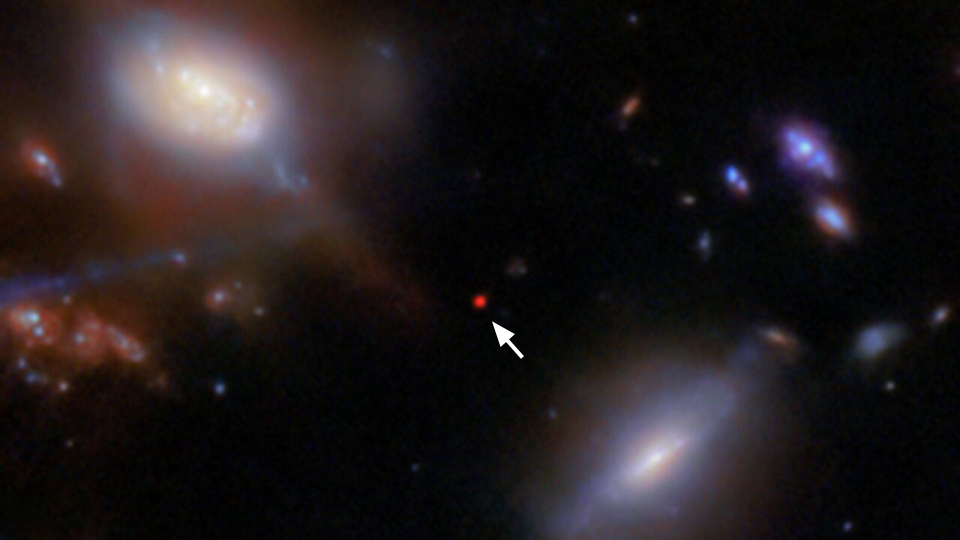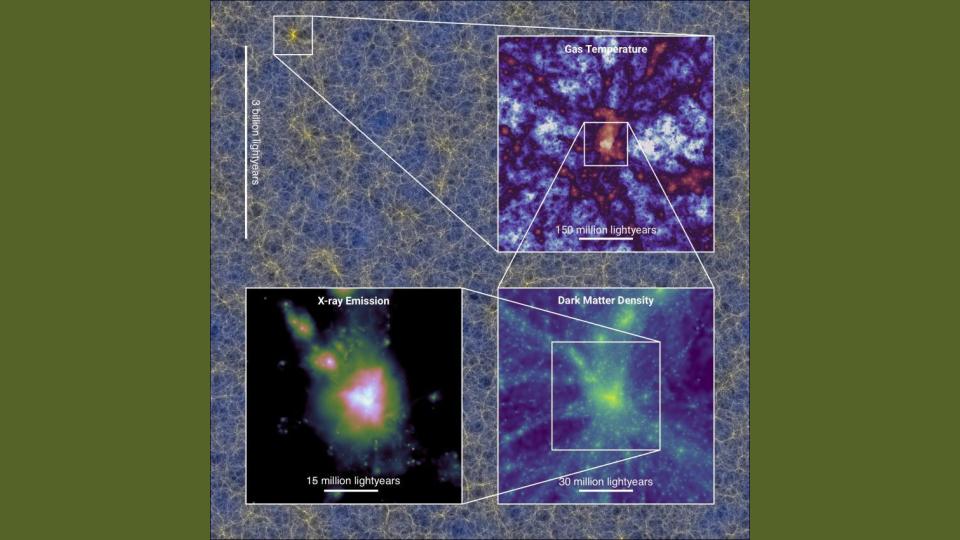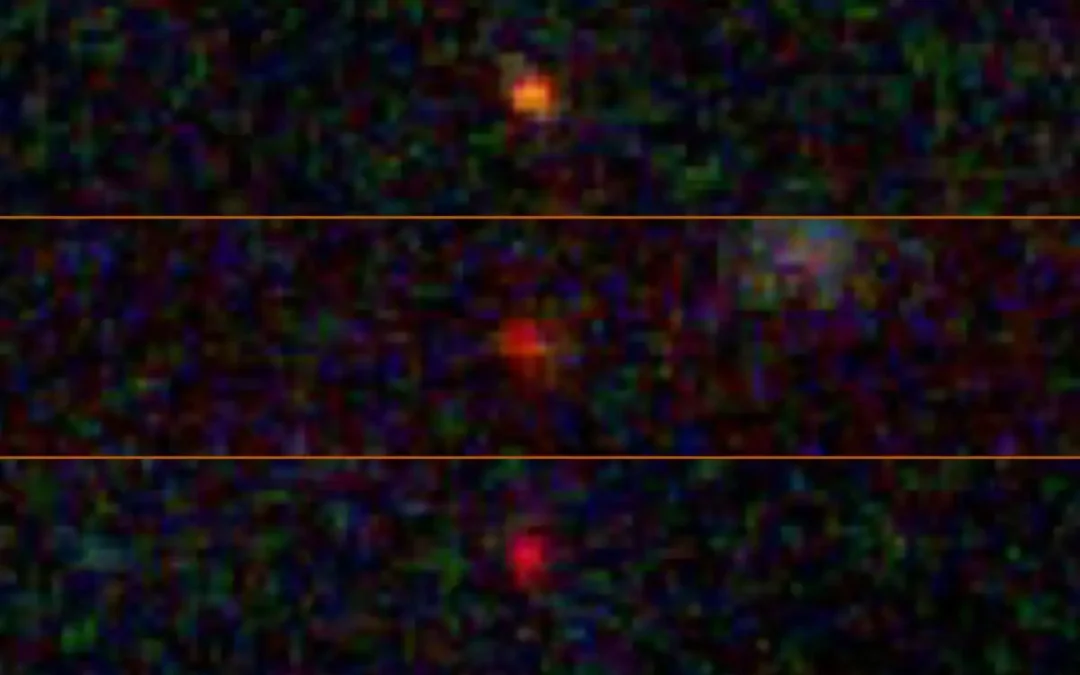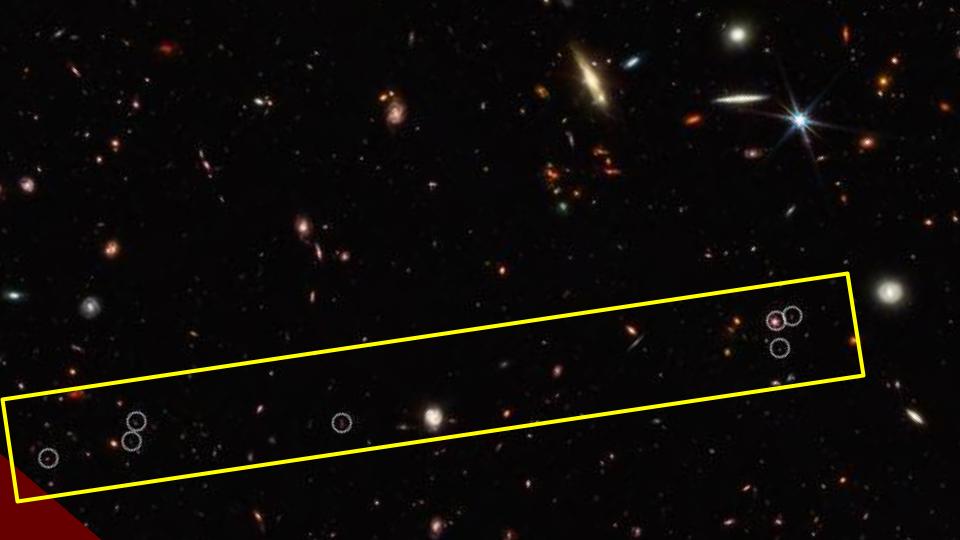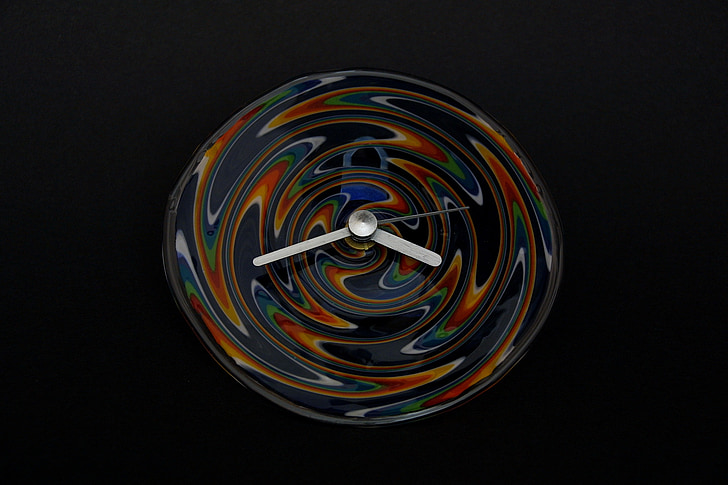There are certain key questions that go hand in hand with mapping the changing nature of Dark Energy. For instance, we’re looking to the early universe to see when the first galaxies came to light and how fast they and other structures grew into systems we might see in our modern universe. And while DESI, Euclid, and SphereX are out there mapping how structures evolved, it’s JWST that is showing us how they formed. Prior to JWST’s annoyingly early Christmas Day launch - for which I remain bitter - we had thought galaxies started to light up around a billion years after the universe...
